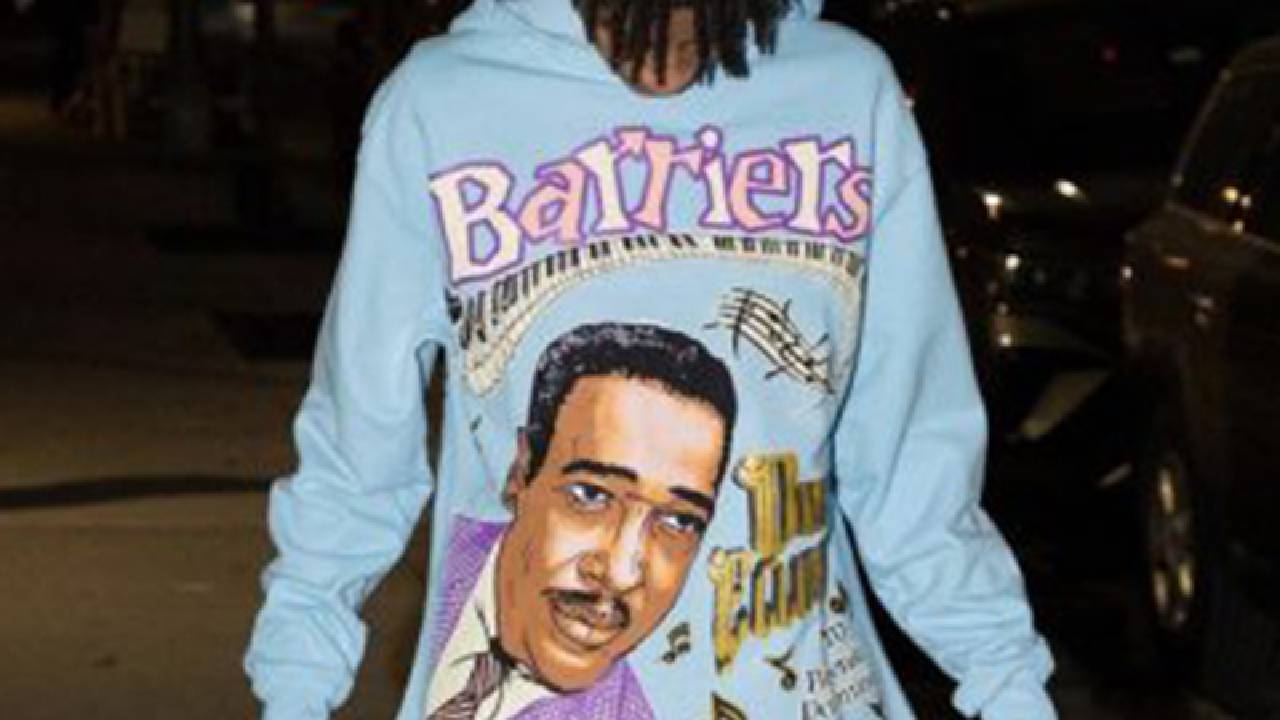Clothing has always been more than just a way to cover our bodies; it serves as a medium of expression, a reflection of culture, and a statement of identity. Throughout history, barriers in clothing—whether physical, social, or cultural—have shaped how we dress and how we perceive ourselves and others. From the early innovations in textile production to modern fashion trends, the evolution of clothing has been intertwined with the breaking down of barriers.
Historical Perspectives
In ancient civilizations, clothing was primarily functional, serving to protect against the elements. The materials and styles varied greatly based on geographic location, available resources, and societal norms. For example, the Egyptians used linen due to the abundance of flax, while the Greeks and Romans favored wool for its durability and warmth.
However, Barriers Clothing began to emerge early on, often dictated by class and social status. In many societies, sumptuary laws restricted certain fabrics, colors, and styles to specific ranks, reinforcing social hierarchies and distinctions. These barriers not only regulated clothing but also served as a visual marker of one’s place in society.
Technological Advancements
The industrial revolution marked a significant turning point in the history of clothing barriers. Mass production and technological advancements in textile manufacturing democratized fashion to some extent, making clothing more accessible across different social classes. The development of sewing machines and standardized sizing further contributed to the breakdown of barriers, allowing for more efficient production and a wider range of clothing options.
Synthetic fibers introduced in the 20th century revolutionized fashion once again, offering new possibilities in terms of comfort, durability, and design. Materials like nylon and polyester enabled the creation of clothing that was more versatile and affordable, challenging traditional notions of what constituted acceptable attire.
Cultural and Social Influences
Clothing has always been a powerful form of cultural expression, reflecting beliefs, traditions, and values. Yet, cultural barriers in clothing have also been prevalent throughout history, often stemming from colonialism, globalization, and cultural appropriation. For example, the adoption of traditional garments from marginalized communities without proper acknowledgment or understanding can perpetuate stereotypes and erase cultural identities.
In recent decades, there has been a growing movement towards breaking down these Barriers Hoodie through cultural appreciation and collaboration. Designers and brands are increasingly recognizing the importance of cultural sensitivity and authenticity, working with communities to create clothing that honors and celebrates diverse traditions.
Gender and Identity
The concept of gender has historically been closely tied to clothing, with societal norms dictating what is considered appropriate attire for men and women. These gender barriers in clothing have been challenged by various social movements advocating for gender equality and fluidity. The rise of unisex and gender-neutral fashion has blurred the lines between traditional masculine and feminine clothing, offering individuals greater freedom to express their identity through what they wear.
Environmental Considerations
In addition to social and cultural barriers, environmental concerns have also shaped the evolution of clothing. The fashion industry is one of the largest contributors to environmental degradation, from textile production and dyeing processes to waste disposal. As awareness grows, there is a movement towards sustainable and ethical fashion, aiming to reduce the environmental impact of clothing production and consumption.
Conclusion
The history of clothing is a testament to the evolving nature of human society and the persistent efforts to break down barriers—whether they be social, cultural, or environmental. From ancient traditions to modern innovations, clothing continues to reflect and influence our identities, aspirations, and values. As we navigate the complexities of fashion in the 21st century, it is essential to recognize the role of clothing not just as a means of covering our bodies, but as a powerful tool for communication, expression, and change. By understanding and addressing the barriers that exist in clothing, we can move towards a more inclusive and sustainable future where everyone has the freedom to dress in a way that reflects their true selves.

